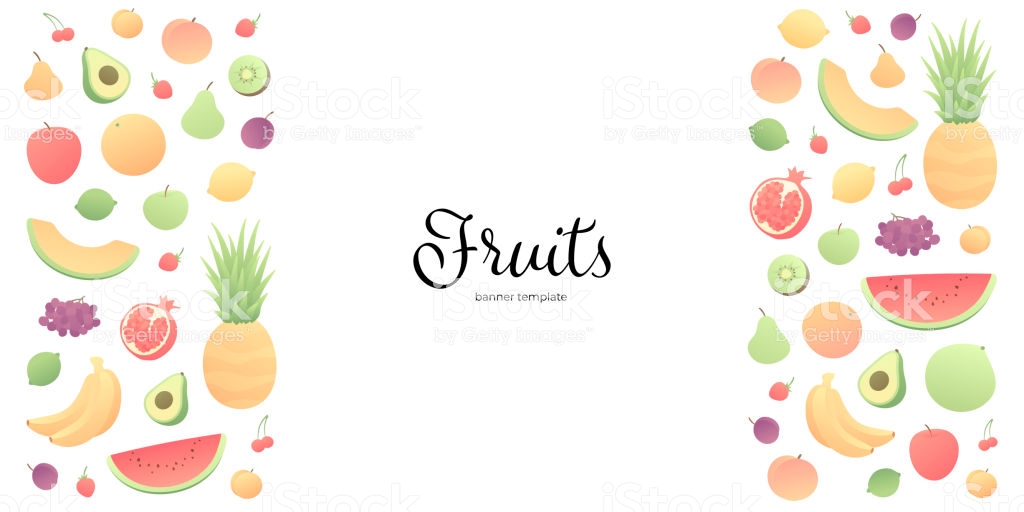
Fruitopia
A downloadable game for Windows, macOS, Linux, and Android
Introduction:
Have you ever struggled with the dry economic concept, but never really understand them? Have you ever curious about why people cannot set the price as high as they want? Here in Fruitopia, you will find the answers!
Need:
1. Need for educational materials that make up for inequalities in economics education
First exposure to formal economics education happens only when the students are in college or in some cases, in high school. Therefore, most of the early economics education is accomplished at homes by parents, however, the socioeconomic status of the family, culture and environment vary drastically that the opportunities are not equally provided for children (Marshall and Magruder, 1960). Lack of needed prior knowledge of money or making inferences or guesses from the surrounding phenomenons might also affect unsuccessful acquisition of financial management and decision making skills (Webley, 2005).
2. Education of economic decision making that has lasting effect in life.
Students equipped with economic intuition from an early age can employ benefit-cost analysis into practice whenever they encounter difficult choice-making rather than making rash decisions. Charkins (2017) states that such benefits can save students from making small to critical mistakes in lives. Therefore, we decided to design an educational game that can teach children to grasp the basic concepts of economic decision making and build foundations for their intuitive economic skills.
3. Problem with current Economics education: Lack of teacher education in economics and format of teachings
Research has shown that teachers’ economics course taking has been positively correlated with students’ economic learning in high school. However, most teachers in high school have limited amounts of coursework in economics, and many states do not have specific requirements for teachers to gain certification for teaching (Allgood and Walstad, 1999).
4.Lack of "fun" auxiliary teaching tools
Current teaching practices have been focusing on lecture format, it fails to attract good students to study economics, motivating them to further continue their coursework (Simkins, 1999). However, in the existent financial and economic games, “fun” component seems to be somewhat weak (Harter and Harter, 2010). There is a need for games that will not make any explicit lessons about the economy that might potentially drive children’s interest and motivation away.
Target Audience and play context:
The target audience of the game would be in general, any students who are ready to take formal Economic education. This would be high school seniors before taking AP Economics or college students who are about to take Introductory Economics classes. The usual setting of our game play for our audience would be outside the classroom, ideally at home as a form of edutainment after school or before school during break. The game will be a supplementary tool for the class, and therefore will be assigned by the instructor to students. During class, the instructors can refer back to the games to provide students with concrete examples to facilitate their understanding.
Design Description:
This is a fruit farm game for educational purpose. The players will be running his or her own farm, where they would be required to use the most basic concepts of agriculture - i.e. preparing the site, planting, watering, applying fertilizer, and harvesting fruits. In order to successfully manage their farm, the players will have to plan and allocate resources accordingly based on the data provided to them. They also have the chance of selling their fruit in the community fruit market and bargaining with other sellers. By accumulating a certain fortune for each level, they can move up and plant different fruit trees in different scenarios, like mountains or beaches. With gaining more fortune, players can enlarge their farms and buy more advanced tools to enhance their planting efficiency.
Two key components of this game are: 1) learning basic concepts about market economy through running business and 2) learning to make a rational decision based on data.
Mechanics:
The core mechanics of this game are the farmland, fruit trees, items such as fertilizer, seed and water, toolbar with the narrative graphs and the market; hiring workers to plow the land, planting seed, purchasing and applying fertilizers and water, collecting relevant information regarding sound investment through toolbar, and acquiring necessary products through purchase or trade in the market are the core drivers of the game.

Fig1. The Tool bar for Fruitopia
Dynamics:
The dynamics of this game is very simple. Players just have to click the tree icon and drag it onto the land. Then, they can click a series of choices, like watering, fertilizing, disinsection, etc. Players can use the keyboard to move the characters around to realize these actions above. At the end of each level, players also need to carry their produce to the market for selling. Educational dynamics is that players have to make rational choices, based on the graphs, of which type of trees to plant, how much fertilizer and pesticide they need, what price they need to set for their product, how do they consider the cost of transportation.
Image source: https://www.123rf.com/photo_47422253_stock-vector-fruit-shop-stall-farmers-marke...
https://attackofthefanboy.com/guides/animal-crossing-new-horizons-how-to-remove-...
Aesthetics:
Sensations are fully activated by the aesthetic design of Fruitopia. Soothing music is provided in each level to create a relaxing and idyllic atmosphere. For visual effect, our game uses 3D farming scenarios, which makes players feel themselves on the scene and have an immersive experience. A sense of control is also given to the players by designing their own character’s clothing, hairstyle and layout of the farm. Wild animals can run across the farm from time to time, which add more fun and authenticity to the game. Different planting scenarios will appear with higher levels of the game, like beaches, mountains, plains. This design intrigues students’ interest and creates more diversity of the real farming industry.

Figure 2. The game interface

Figure 3. The Tool Market Scene
Success:
One of the successes of our game is that we create a relaxing and fun learning environment in a teaching auxiliary game, which is challenging enough, but not too boring or too stressful. Another strength of our game is that while we set the setting in a virtual world, we mix some types of realities in so that the learnings in virtual setting can be more transferable to the real world setting. Realistic graphs that varies from simple graphs to complicated graphs accordingly to the level that the students are in. Gradually, we expect that students can learn to make rational decisions based on the graphs.
Image Source: https://serc.carleton.edu/eslabs/drought/3b.html
https://www.britannica.com/topic/supply-and-demand
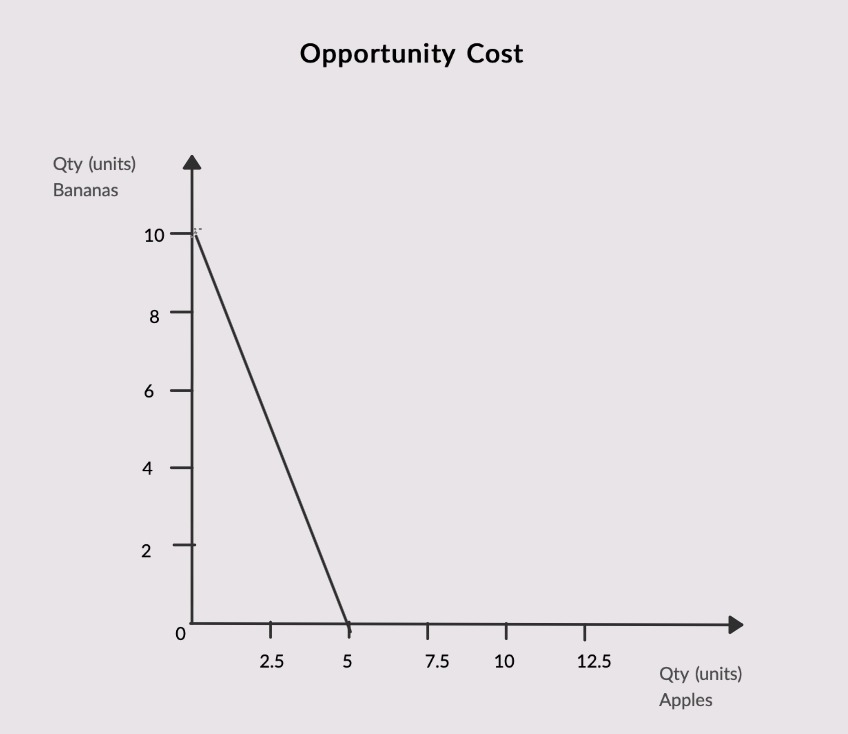
Fig. 4 Graph for Opportunity Cost for Banana and Apple
Challenge:
we are still not sure whether our design of the game will fulfill the “object-to-think-with” (Papert, 1980); we are not sure whether our users will turn the playful experience into concept learning and think beyond the subject of the game. The farming scenarios in the game may not be directly applicable to what happens in the real world. In the real world, the price of the produce is not only subject to the supply and demand. Another challenge is that the achievement in the game does not equal the grades on their exams. That means even if they achieved the high level of the game, it does not mean that they have a perfect mastery of all the knowledge of economics. What this game measures must be considered with care. This game only lays groundwork for encouraging interest in economics and helps students build basic intuition of economic concepts, but not a reflection of their grades.
| Status | Released |
| Platforms | Windows, macOS, Linux, Android |
| Authors | zifan96, suwonjung |
| Genre | Educational |
| Tags | Exploration |
Download
Install instructions
Start to Play it today!
1. Download "CoSpaces Edu" app in your mobile phone or ipad.
2. Open CoSpaces Edu and Scan this QR code
3. You can also use this link https://edu.cospaces.io/DJK-ASD

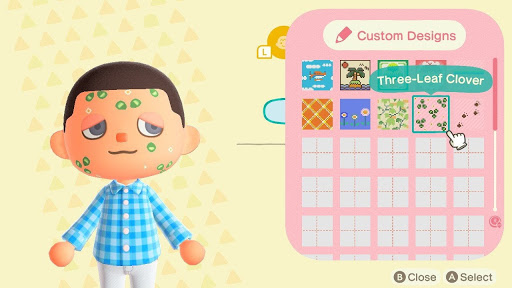

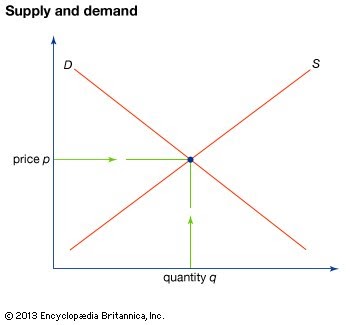
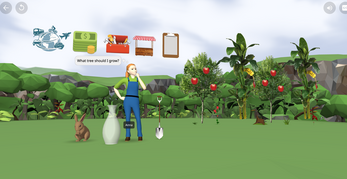
Leave a comment
Log in with itch.io to leave a comment.